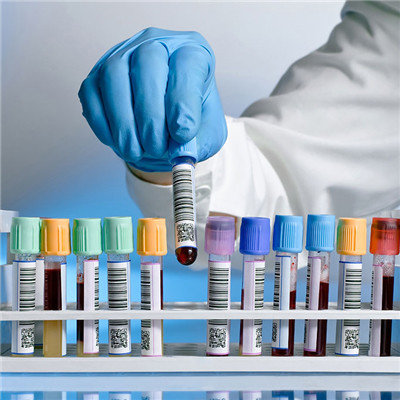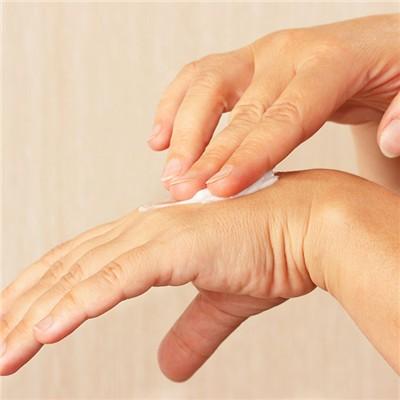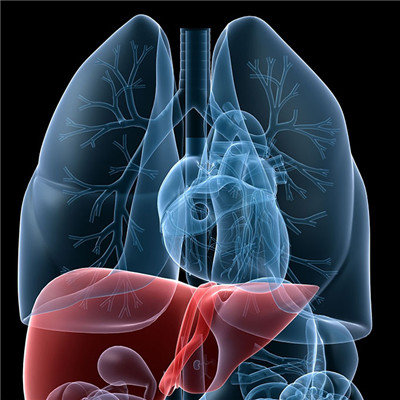Periodic hypokalemia?
summary
The serum K + concentration ranged from 3.5 to 5.5 mmol / L, with an average of 4.2 mmol / L. Hypokalemia usually occurs when serum potassium is less than 3.5mmol/l. However, the decrease of serum potassium does not necessarily indicate the lack of potassium in the body, but only the decrease of the concentration of potassium in the extracellular fluid. Therefore, clinical analysis should be combined with history and clinical manifestations. Periodic hypokalemia? Let's talk about it
Periodic hypokalemia?
The common symptoms are myasthenia and paroxysmal soft paralysis. The latter may have myasthenia before the attack. Although the attack is related to the absolute level of plasma K +, it is more closely related to the intracellular and extracellular K + gradient. The greater the gradient is, the greater the difference between resting potential and threshold potential is, resulting in the decrease of muscle excitability. Paralysis may also occur when the plasma K + is increased, and the attack is more frequent at night and after fatigue,

The most common affected muscles are the limbs. The head and neck muscles are generally not affected, but the respiratory muscles may be involved and dyspnea occurs. Before the attack, the limbs may feel numb, and then fatigue, and finally autonomous activities completely disappear. Generally, the symptoms of the proximal muscles are slightly lighter than those of the distal muscles. The patients can not stand, walk, sit or squat, and can not stand up. The lighter patients can stand up with reliable hand support,

The central nervous system is mostly normal, conscious, and can have mental symptoms such as apathy, depression, sleepiness, memory and disorientation or loss of orientation. The brain nerve is rarely involved, and the superficial nerve reflex is weakened or completely disappeared, but the deep tendon reflex and abdominal wall reflex are less affected.

matters needing attention
Only oral potassium is needed for mild cases, and 10% potassium chloride is the first choice. Blood potassium should be monitored during oral potassium preparation. If blood magnesium is lower than 0.5mmol/l, 50% magnesium sulfate should be injected intramuscularly. It can also be taken orally with 10% magnesium sulfate.
















